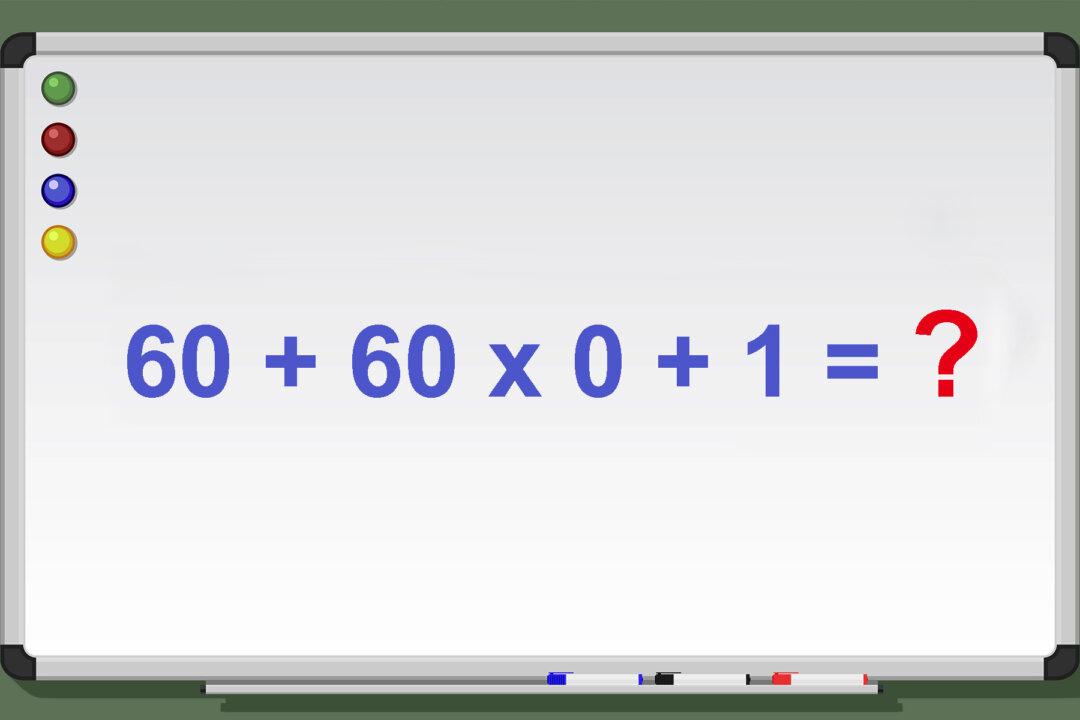An apparently simple mathematical equation is doing the rounds online and is producing conflicting opinions worldwide. While appearing basic upon first glance, the equation could, in fact, have radically different outcomes depending upon how it is approached.
But which answer is correct? Take a look at the following equation and see if you can come up with a solution before scrolling down to the big reveal. What is the correct answer to this conundrum?





